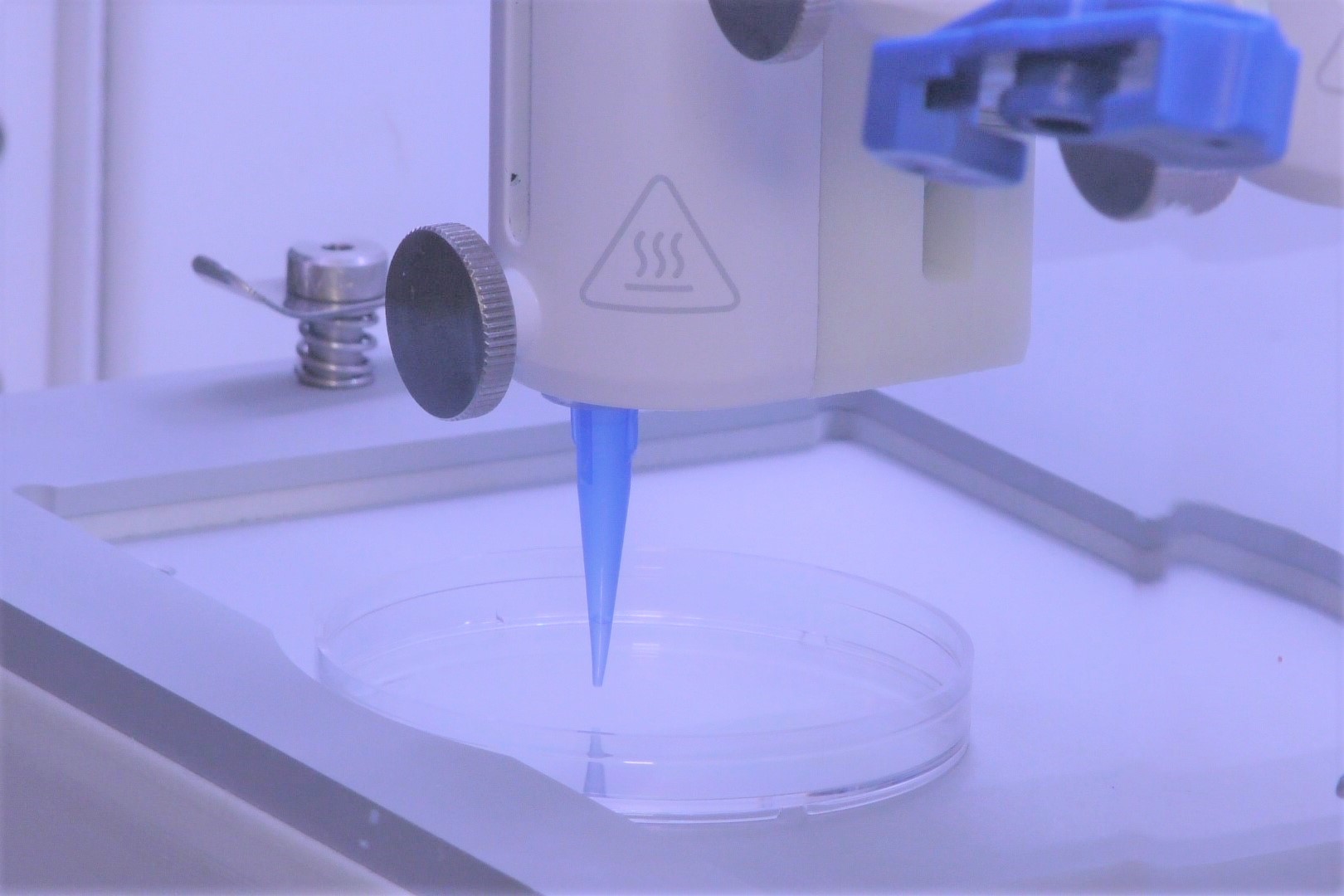› Forums › General › News (General) › Living Skin Can Now be 3D-Printed With Blood Vessels Included
Tagged: 3Dprinting_S11, IoTServices_V10, Tech_G15
- This topic has 1 voice and 0 replies.
-
AuthorPosts
-
-
November 20, 2019 at 4:44 am #38223
#News(General) [ via IoTGroup ]
Headings…
Rensselaer Polytechnic Institute (RPI)
RPI News
Living Skin Can Now be 3D-Printed With Blood Vessels Included
News Categories
Related Articles
Related
Living Skin Can Now be 3D-Printed With Blood Vessels Included
Development is significant step toward skin grafts that can be integrated i
Contact
About Rensselaer Polytechnic InstituteAuto extracted Text……

Development is significant step toward skin grafts that can be integrated into patient’s skin
— Researchers at Rensselaer Polytechnic Institute have developed a way to 3D print living skin, complete with blood vessels.
The advancement, published online today in Tissue Engineering Part A, is a significant step toward creating grafts that are more like the skin our bodies produce naturally.
“Right now, whatever is available as a clinical product is more like a fancy Band-Aid,” said Pankaj Karande, an associate professor of chemical and biological engineering and member of the Center for Biotechnology and Interdisciplinary Studies (CBIS), who led this research at Rensselaer.
Karande has been working on this challenge for several years, previously publishing one of the first papers showing that researchers could take two types of living human cells, make them into “bio-inks,” and print them into a skin-like structure.
In this paper, the researchers show that if they add key elements — including human endothelial cells, which line the inside of blood vessels, and human pericyte cells, which wrap around the endothelial cells — with animal collagen and other structural cells typically found in a skin graft, the cells start communicating and forming a biologically relevant vascular structure within the span of a few weeks.
“As engineers working to recreate biology, we’ve always appreciated and been aware of the fact that biology is far more complex than the simple systems we make in the lab,” Karande said.
Once the Yale team grafted it onto a special type of mouse, the vessels from the skin printed by the Rensselaer team began to communicate and connect with the mouse’s own vessels.
“That’s extremely important, because we know there is actually a transfer of blood and nutrients to the graft which is keeping the graft alive,” Karande said.
“We are still not at that step, but we are one step closer,” Karande said
Read More..
AutoTextExtraction by Working BoT using SmartNews 1.02976805238 Build 26 Aug 2019
-
-
AuthorPosts
- You must be logged in to reply to this topic.
